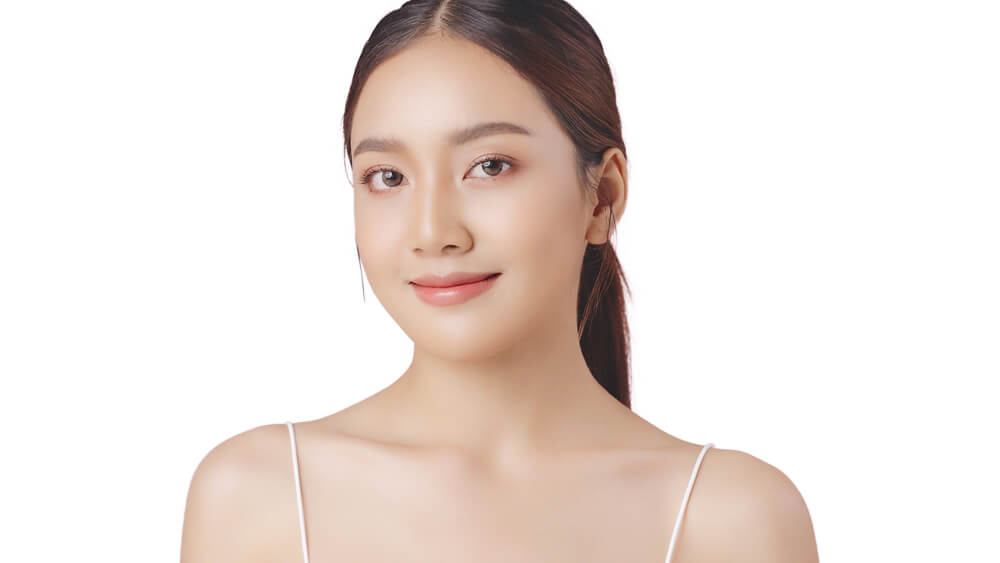
Asian blepharoplasty is a procedure that creates an eyelid crease, commonly known as double eyelids, resulting in a larger, more symmetrical, almond-shaped eye. This term simply refers to the crease in some people’s upper eyelid and the absence of excess fatty tissue, creating two lids. Double eyelid creation is a fairly common procedure and is usually performed on East Asians who have monolids or single eyelids.
What Is A Double Eyelid?
A double eyelid is when an individual has a visible crease on their upper lid that separates the lid into two distinct sections. This can be either natural or surgically created. Those with naturally occurring double eyelids have what is known as an epicanthal fold, which is a skin fold of the upper eyelid that covers the inner corner of the eye. For those without this fold, they may opt for surgery to create a double eyelid look.
Types Of Double Eyelids
There are several types of double eyelids, each with its own unique characteristics. This section will discuss the most common types of double eyelids.
Infold Double Eyelids
Infold double eyelids are the most common type. They feature a distinct crease that starts from the inner corner of the eye and extends to the outer corner. The skin above the crease folds inwards, creating a well-defined and prominent appearance. This type of double eyelid is often preferred for its ability to make the eyes look bigger and brighter.
Outfold Double Eyelids
Outfold double eyelids have a crease that sits slightly higher than the infold type. Instead of folding inwards, the skin above the crease folds outwards and away from the eye. This creates a more subtle and natural-looking double eyelid. People with outfold double eyelids tend to have a more open and alert eye shape.
Partial Double Eyelids
Eyelids with partial double eyelids have creases that do not extend across the entire eyelid. This can create an uneven or asymmetrical appearance, as one eye may have a full double eyelid while the other has a partial one. Some people may naturally have partial double eyelids, while others might develop them due to aging or other factors.
Hidden Double Eyelids
Hidden double eyelids are not easily visible when the eyes are open. The crease is present but sits very close to the lash line, causing it to be concealed by the upper eyelid when the eyes are open. This type of double eyelid can give the eyes a more natural and subtle appearance compared to more prominent infold or outfold types.
Tapered Double Eyelids
Tapered double eyelids have a crease that starts narrow at the inner corner of the eye and gradually widens towards the outer corner. This creates a gentle slope, giving the eyes a soft and elegant appearance. Tapered double eyelids are often considered a happy medium between infold and outfold types, as they balance definition and subtlety.
How Are Double Eyelids Created?
Double eyelid surgery creates the skin-to-muscle connection that was missing from birth by using sutures or tape/glue methods. Sutures are used to connect muscle tissue with the dermis layer of skin. At the same time, tape/glue methods attach directly onto the skin’s surface without involving any muscles underneath it, thus creating an impermanent fold that can be removed at any time. Both techniques require precise measurements and skillful execution to achieve desired results safely and effectively.







